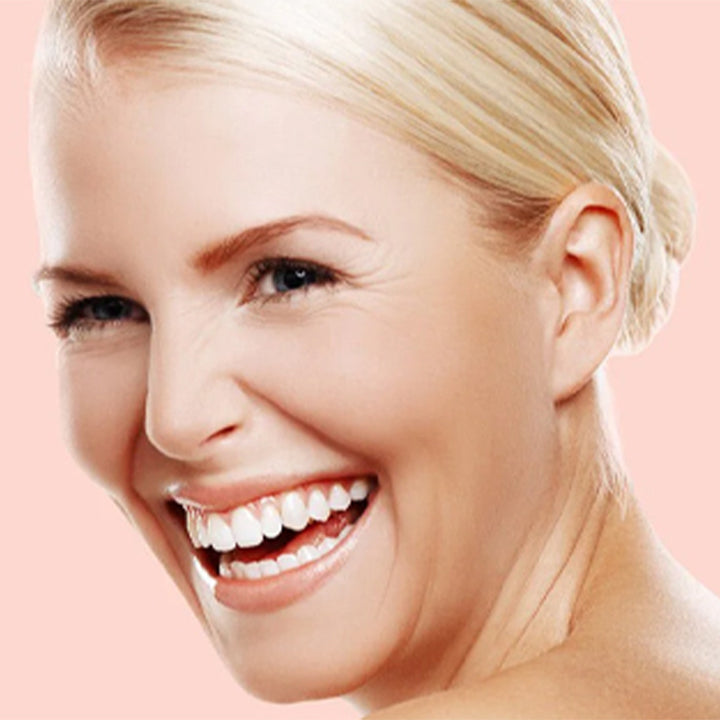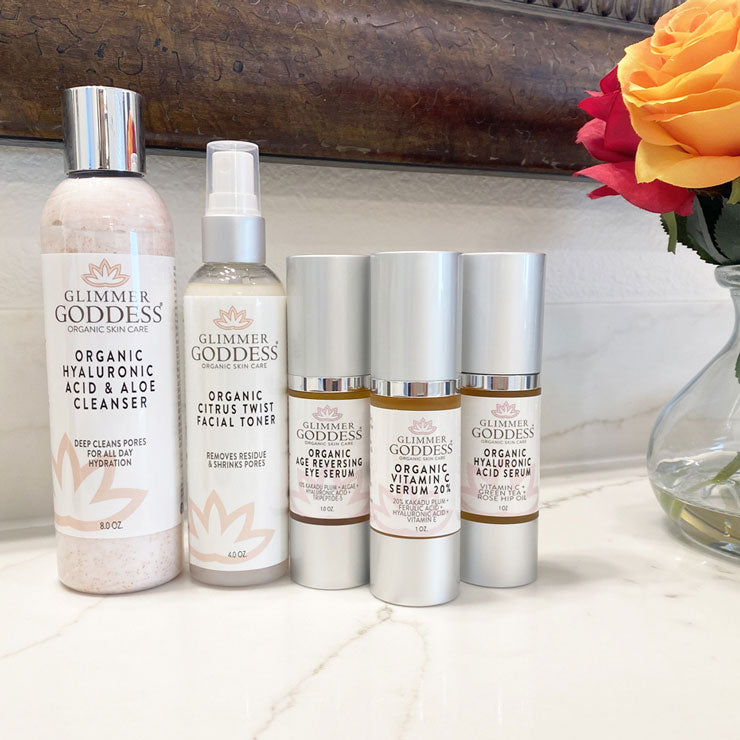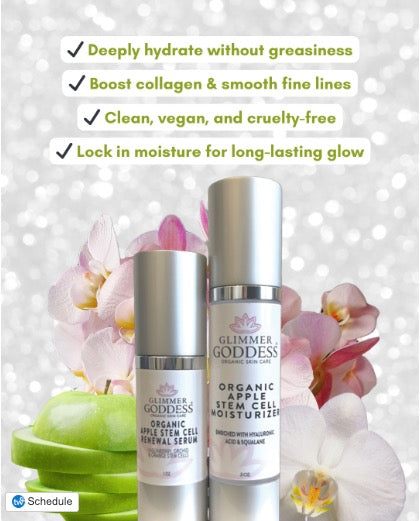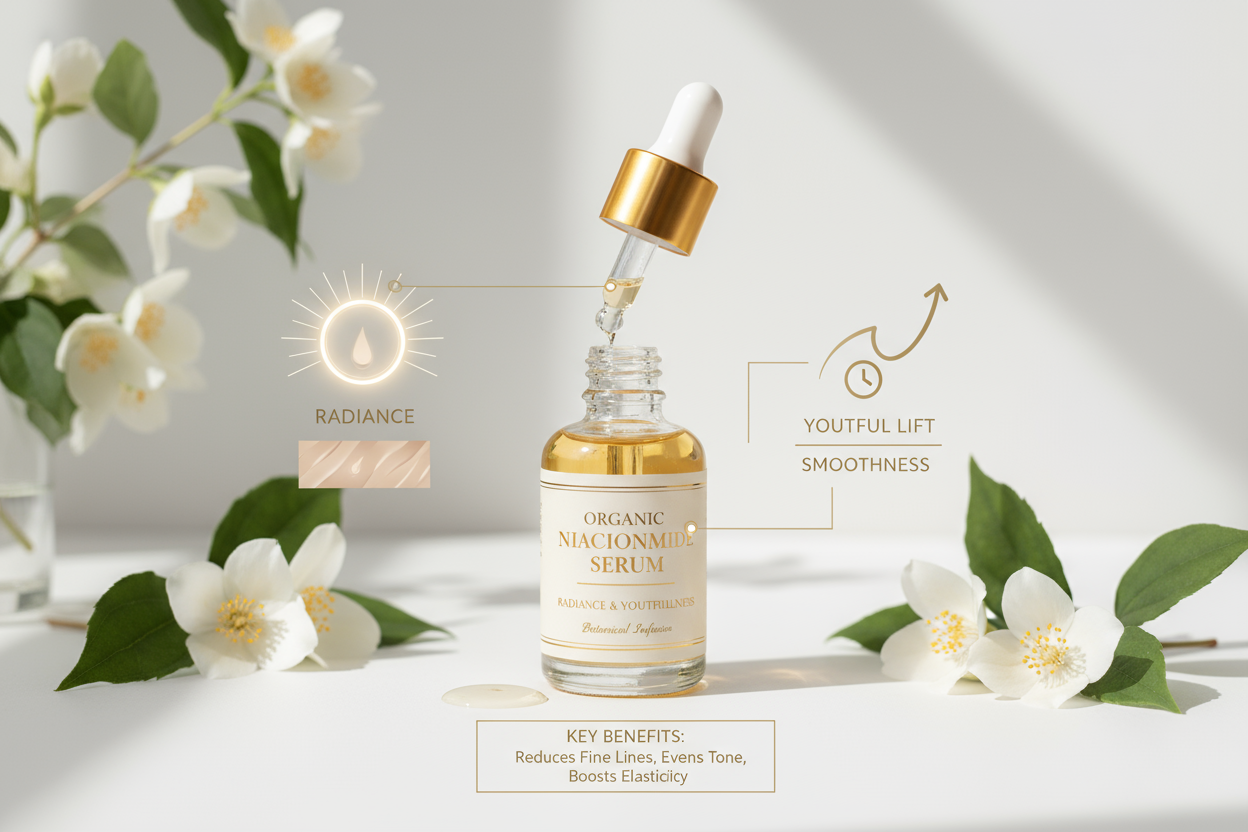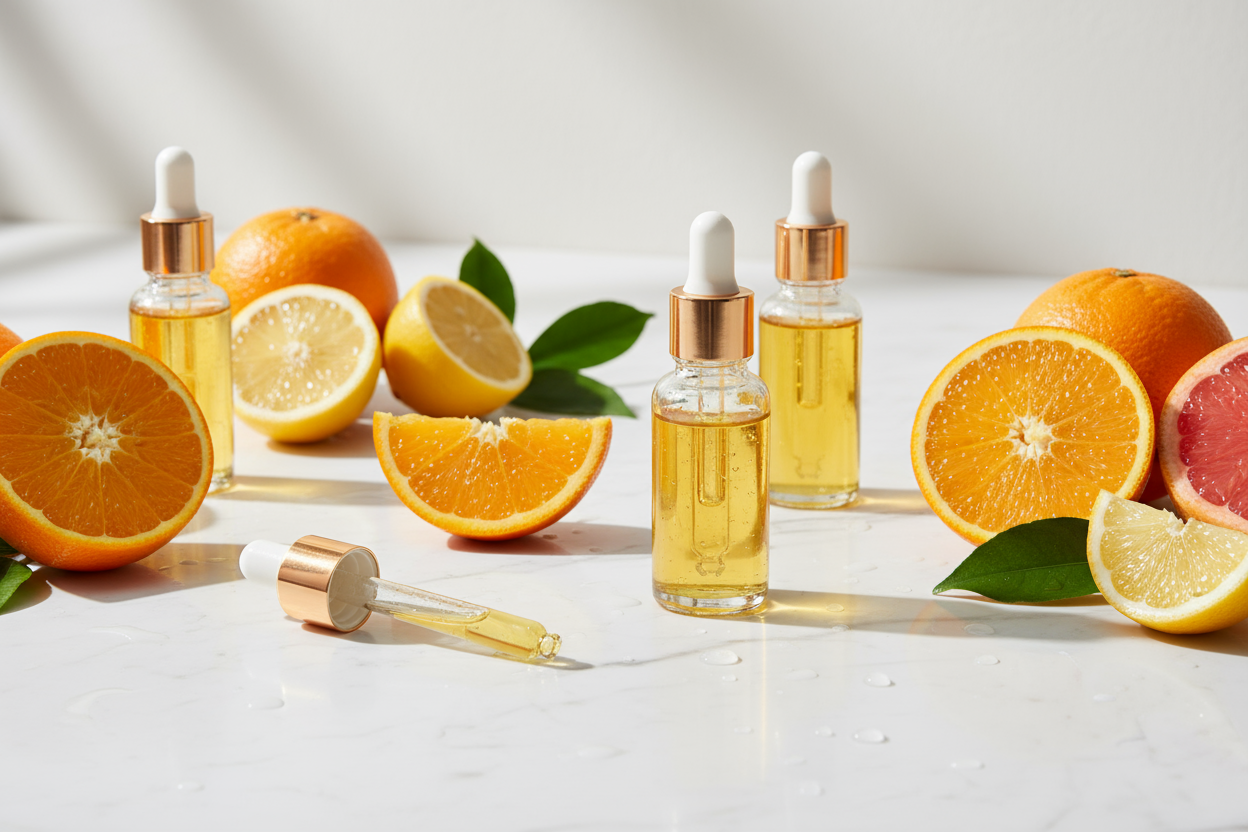
Vitamin C Brighter Skin 6 Step System — Guide
Vitamin C for Brighter Skin: Benefits, Routine Tips, and a Complete 6-Step Approach
Vitamin C is one of the most researched and effective ingredients for brightening skin, fading dark spots, and protecting against environmental damage. Below you’ll find clear answers to common questions about vitamin C serums, drugstore options, acne-prone skin, DIY serums, and how to fit vitamin C into a full regimen — plus a simple recommendation if you want a ready-made 6-step system that targets uneven tone and age-related concerns.
What are the benefits of a vitamin C serum for the face?
Vitamin C serums deliver concentrated antioxidant and brightening benefits. Key benefits include:
- Brightens dull, uneven skin tone and helps fade dark spots (hyperpigmentation).
- Neutralizes free radicals from UV and pollution, reducing future oxidative damage.
- Supports collagen production for firmer-looking skin and improved texture.
- Reduces inflammation and can improve post-acne discoloration when used consistently.
- Works synergistically with vitamin E and ferulic acid to amplify protection.
How to choose the best vitamin C serum at the drugstore
“Best” depends on your goals and skin type, but here are practical things to look for when shopping:
- Active form: L-ascorbic acid is the most studied; derivatives (like sodium ascorbyl phosphate) are gentler but may act slower.
- Concentration: 10–20% L-ascorbic acid is commonly effective; beginners can start lower (5–10%).
- Stability: dark or airless packaging and formulas with vitamin E and ferulic acid help stability and boost effectiveness.
- pH and feel: L-ascorbic acid needs an acidic pH to be effective — this can feel tingly. Derivatives are less acidic and gentler.
- Non-comedogenic and fragrance-free options are better for acne-prone or reactive skin.
Drugstore serums can perform very well if they meet the criteria above. If you prefer a complete, curated routine that combines brightening actives and age-defying ingredients in a step-by-step regimen, try .
Is vitamin C serum good for acne-prone skin?
Yes—many people with acne-prone skin benefit from vitamin C because it reduces inflammation and fades post-inflammatory hyperpigmentation. A few tips:
- Choose non-comedogenic, oil-free formulations and avoid heavy emollients if you break out easily.
- Start with a lower concentration or a derivative (like magnesium ascorbyl phosphate) to limit irritation.
- Avoid layering strong exfoliants (high % AHAs/BHAs) and active retinoids at the same time as a high-strength vitamin C until you know your tolerance.
- Patch test and introduce slowly (every other day) to monitor for irritation.
How to make a basic vitamin C serum at home (and why you might choose a commercial product)
If you like DIY, a simple recipe uses L-ascorbic acid powder, distilled water or aloe vera gel, and a stabilizer like vitamin E or glycerin. Basic steps:
- Mix 0.5–1 teaspoon L-ascorbic acid powder into 1–2 tablespoons distilled water or aloe until dissolved (start at ~5–10% concentration for beginners).
- Add a few drops of vitamin E or a small amount of glycerin to help texture and reduce oxidation.
- Store in a dark, airtight bottle in the refrigerator and use within 1–2 weeks — homemade vitamin C oxidizes quickly.
Caveats: homemade serums are less stable, their potency drops fast, and pH isn’t controlled. For long-term consistent results and added anti-aging ingredients like peptides and antioxidants, a well-formulated commercial product is safer and more reliable.
What is “Skin Solutions CE” and why combine vitamins C and E?
“CE” generally refers to a combination of vitamins C (ascorbic acid) and E (tocopherol). They work synergistically: vitamin E helps stabilize vitamin C, and together they provide stronger antioxidant protection than either alone. Many effective serums also include ferulic acid to further stabilize and boost performance.
How to layer vitamin C in your routine
Simple daytime layering to maximize results and protect skin:
- Cleanse — remove impurities and prep skin.
- Toner/essence (optional) — hydrate and balance pH.
- Vitamin C serum — apply evenly to face and neck.
- Moisturizer — lock in hydration. Note: some systems offer season-specific creams; follow product guidance (for example, switching to a lighter summer cream during hotter months).
- Sunscreen (broad-spectrum SPF 30 or higher) — essential when using brightening actives to prevent further pigmentation.
At night you can layer retinoids or stronger exfoliants, but introduce them slowly and avoid using multiple strong actives at once to reduce irritation.
What a 6-step vitamin C brightening system typically includes
A well-built 6-step system targets multiple aspects of discoloration and aging by combining cleansing, exfoliation, antioxidant treatment, hydration, targeted brightening, and sun protection. Typical steps:
- Cleanser (gentle, brightening-friendly)
- Toner or exfoliating essence (mild acids or hydrating actives)
- Vitamin C serum or brightening serum
- Targeted dark spot corrector or peptide treatment
- Moisturizer (seasonal variations available — lighter in summer)
- Sunscreen (AM) or restorative night cream (PM)
Consistent, multi-step approaches often outperform a single product, because they combine antioxidant protection, controlled exfoliation, targeted correctors, and barrier support.
Practical tips and precautions
- Patch test new products for 48–72 hours, especially if your skin is sensitive.
- Use sunscreen daily. Vitamin C reduces damage but does not replace SPF.
- Store serums in cool, dark places; airless or amber packaging prolongs potency.
- If you have very sensitive skin, choose gentler derivatives or products formulated specifically for sensitive skin and consult a dermatologist if needed.
- Expect to see improvements in discoloration over 8–12 weeks of consistent use; pigment fades gradually.
Quick wrap-up
Vitamin C is a cornerstone brightening ingredient that works best when formulated stably and used as part of a thoughtful routine. Whether you pick an effective drugstore serum, create a short DIY solution, or choose a complete 6-step regimen, the keys are stability, consistency, and sun protection. For an all-in-one, age-defying routine that targets uneven tone, dark spots, and texture — with seasonal adjustments like a lighter summer cream — consider a curated 6-step Vitamin C Brighter Skin system to simplify results-oriented care.




